Comparative and superlative adjectives are used to compare things or people.
To compare 2 things:
I am older than you.
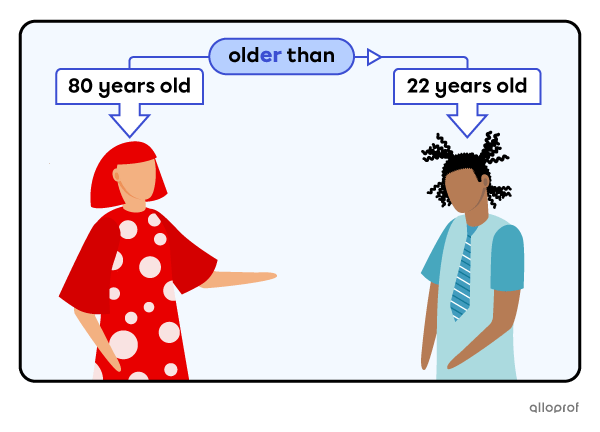
To compare more than 2 things
You are the most creative artist I know.
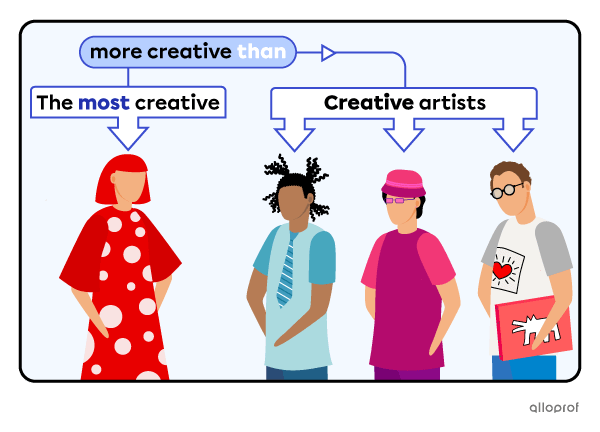
To indicate change:
You are making bigger paintings.
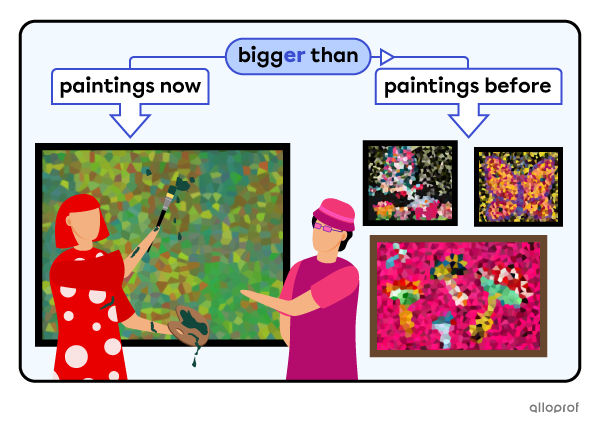
To compare 1 thing to all the rest:
It is the best paintbrush in the world.
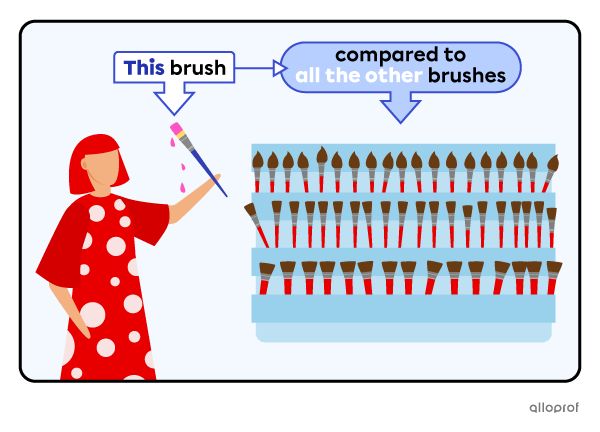
To indicate something depends on something else:
The stronger the colour contrast, the clearer the image.
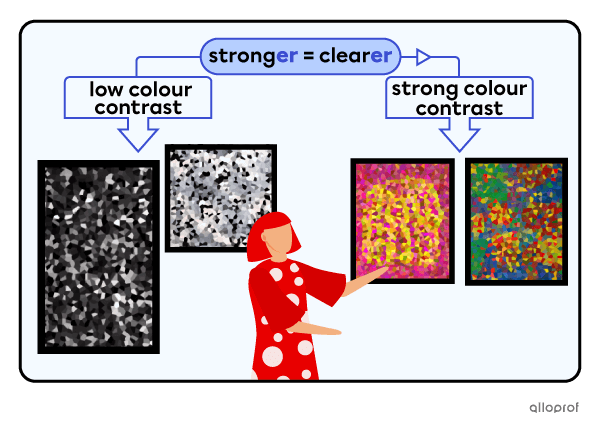
To form short comparative and superlative adjectives follow the directives below:

To form long comparative and superlative adjectives follow the directives below:

To form comparatives and superlatives with adjectives ending in -y, follow the directives below:

Some adjectives do not follow the regular comparative and superlative forms.
|
Adjective |
Comparative |
Superlative |
|
good |
better |
best |
|
well |
||
|
bad |
worse |
worst |
|
far |
farther/further |
farthest/furthest |
|
less |
lesser |
least |
|
little |
less |
least |
|
much |
more |
most |
|
many |
Comparative adjective
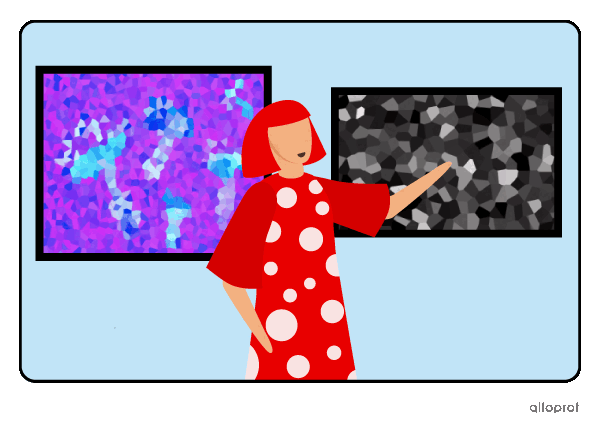
This painting has brighter colours than that one.
Superlative adjective
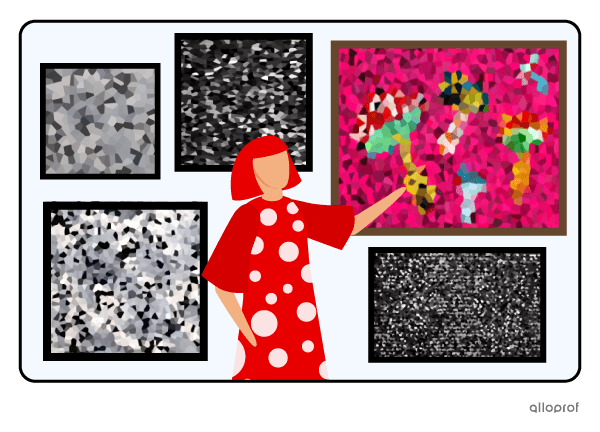
This painting has the brightest colours.
Comparative adjective
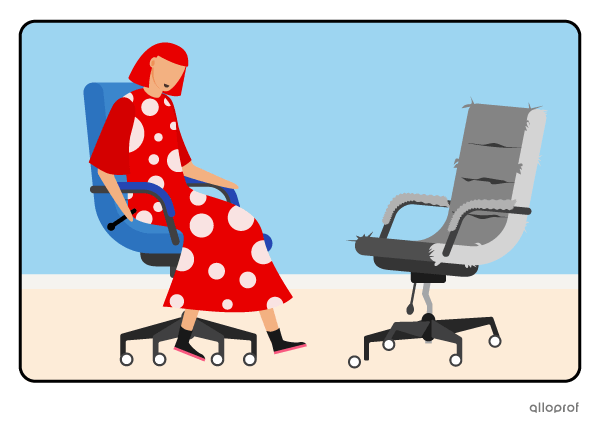
My new chair is more comfortable than my old one.
Superlative adjective
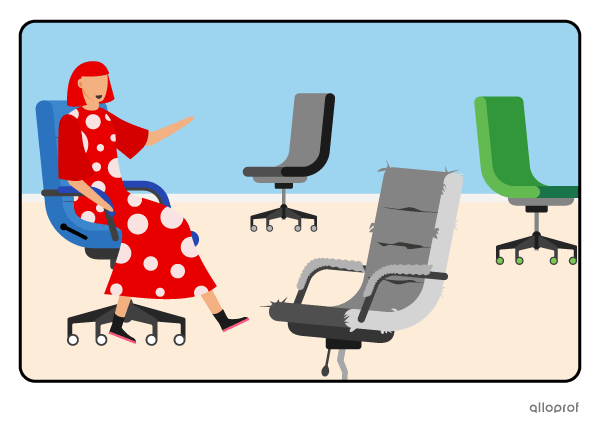
My new chair is the most comfortable.
Comparative adjective
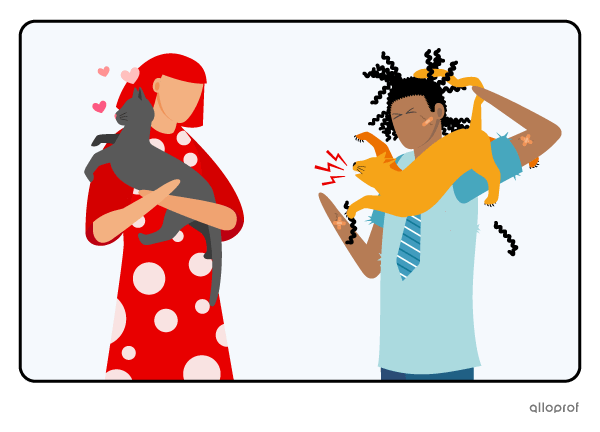
My cat seems friendlier than your cat.
Superlative adjective
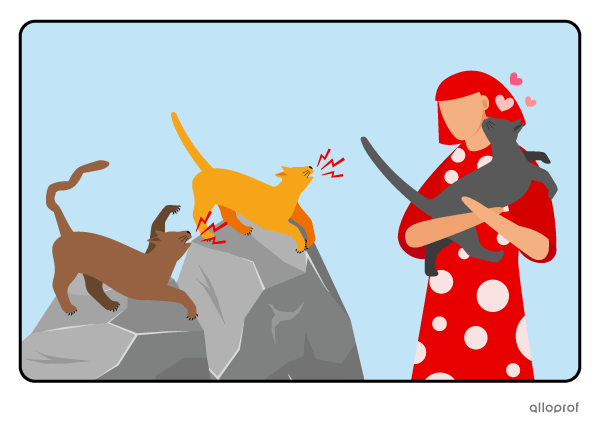
My cat is the friendliest cat I know.
Comparative Adjective

My friend Ushio lives farther than you.
Superlative adjective
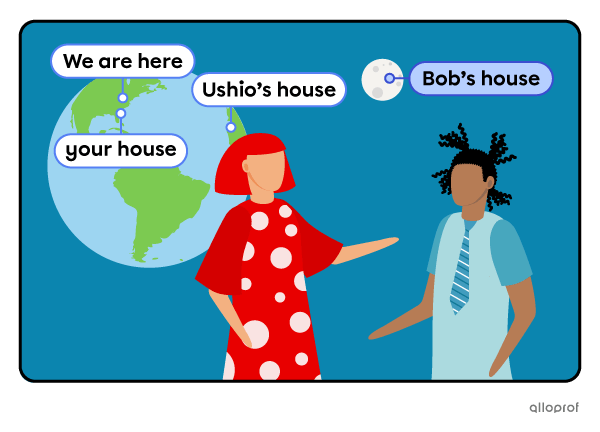
My friend Bob lives the farthest.
Yayoi, the character used in the examples, was inspired by the Japanese artist Yayoi Kusama. To learn more about her colourful life and work, visit the Yayoi Kusama Museum website.